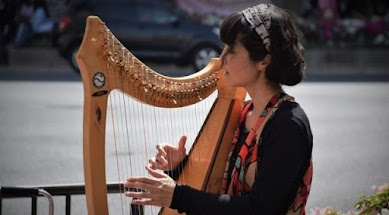The history of the Leprechaun
A mythological character from Irish folklore is the leprechaun. The Irish term "leipreachán," which means "a small-bodied guy," is whence the word "leprechaun" originates. Leprechauns are naughty creatures with a penchant for riches and the power to grant wishes, according to folklore. Below is a synopsis of the leprechaun's past:
The "Adventure of Fergus son of Léti" manuscript, written in the 17th century, contains the oldest recorded reference to leprechauns. It portrays a diminutive, red-bearded guy who is claimed to be a shoemaker. Leprechauns were frequently shown as short, bearded men sporting green clothing and hats as they gained popularity throughout time.
The idea that leprechauns guard a pot of gold at the end of a rainbow is one of the most popular myths about them. According to lore, a leprechaun will give you three wishes in exchange for his release if you manage to catch him. Leprechauns, on the other hand, are extremely elusive, and if you look away from them even for a split second, they will probably vanish.
Leprechauns and fairies were frequently compared in Irish tradition, where fairies were thought to be supernatural beings that resided in the hills and woodlands. Leprechauns were reportedly among the fairies' trickier and more erratic members. They were infamous for tricking people and could be both useful and
The leprechaun is now a well-known Irish emblem and is frequently connected to St. Patrick's Day. Leprechauns are frequently portrayed in popular culture as diminutive, mischievous beings that love gold and wear green. The leprechaun is one of the most known characters in Irish folklore, despite the fact that these representations may not be totally authentic.
In conclusion, the leprechaun is a diminutive, cunning character from Irish folklore who is frequently connected to riches and the fulfillment of wishes. Although it is unknown where the leprechaun first appeared, he has come to represent Irish culture and tradition and is now well-known worldwide.





Comments
Post a Comment